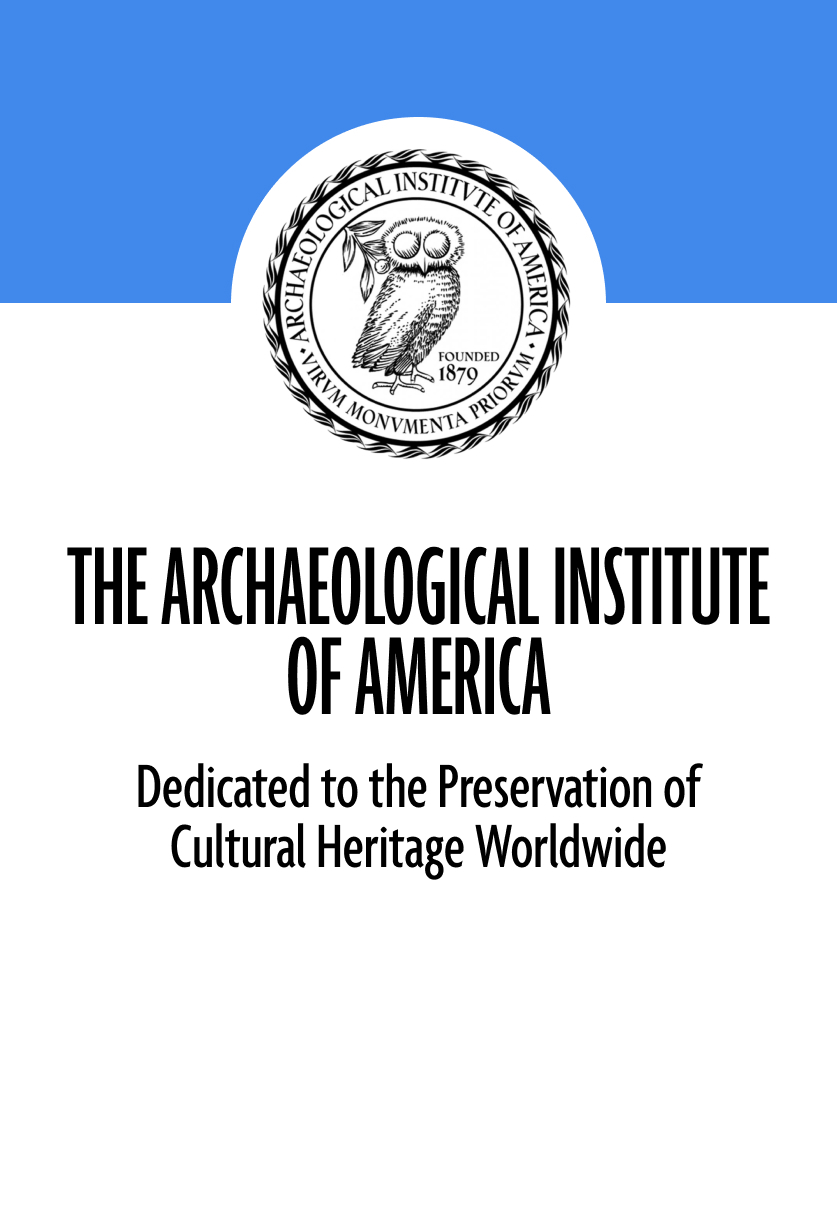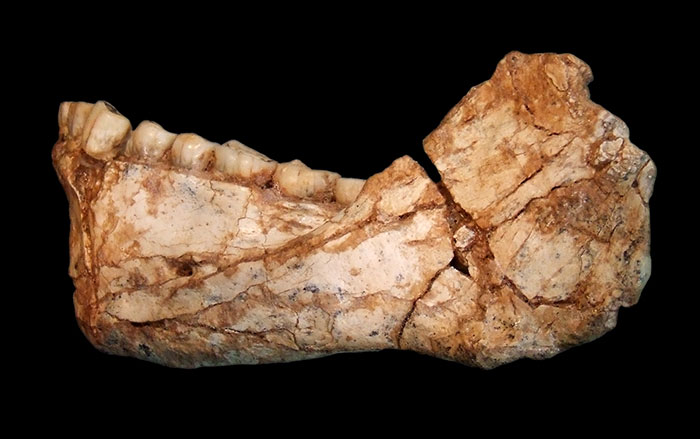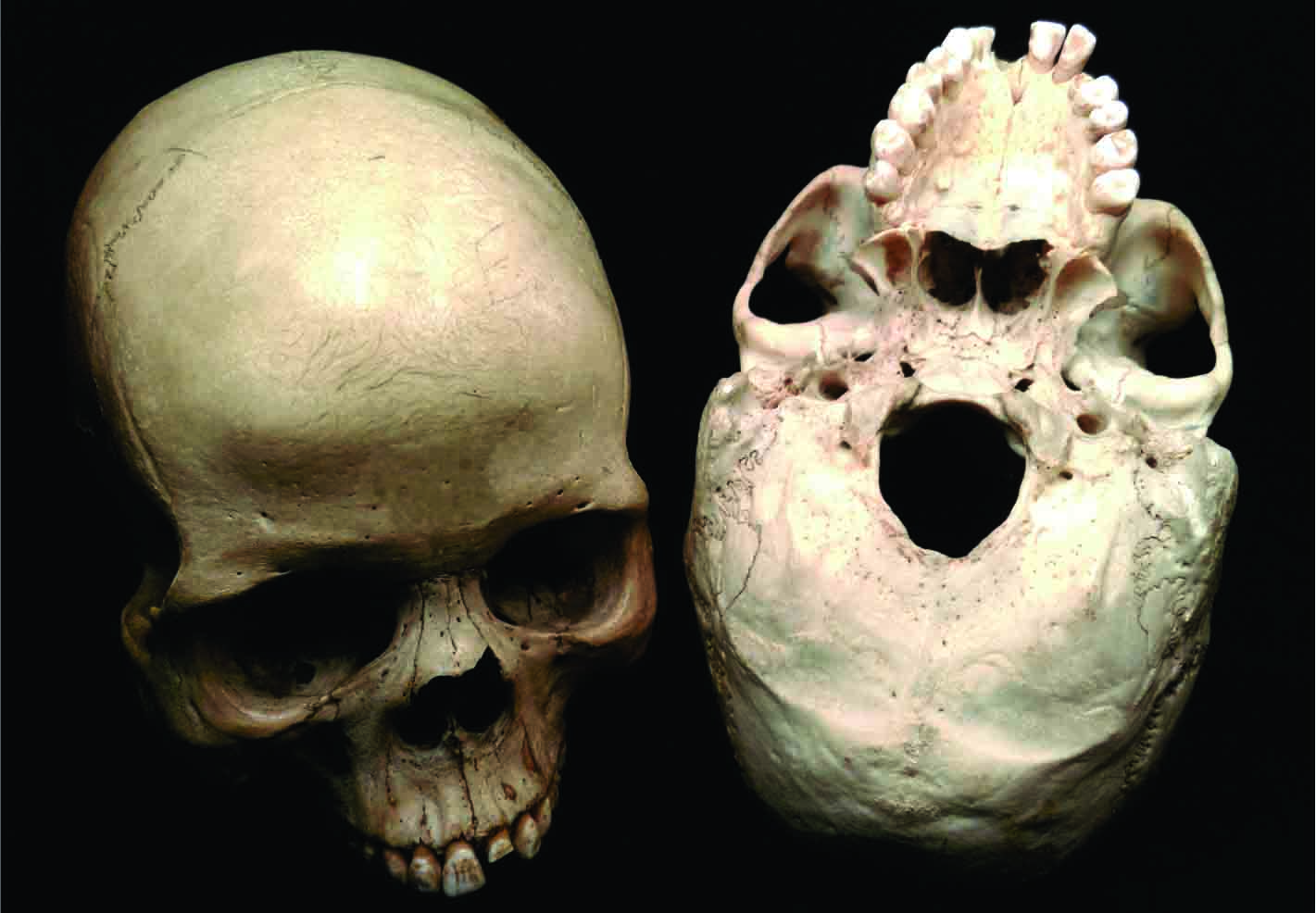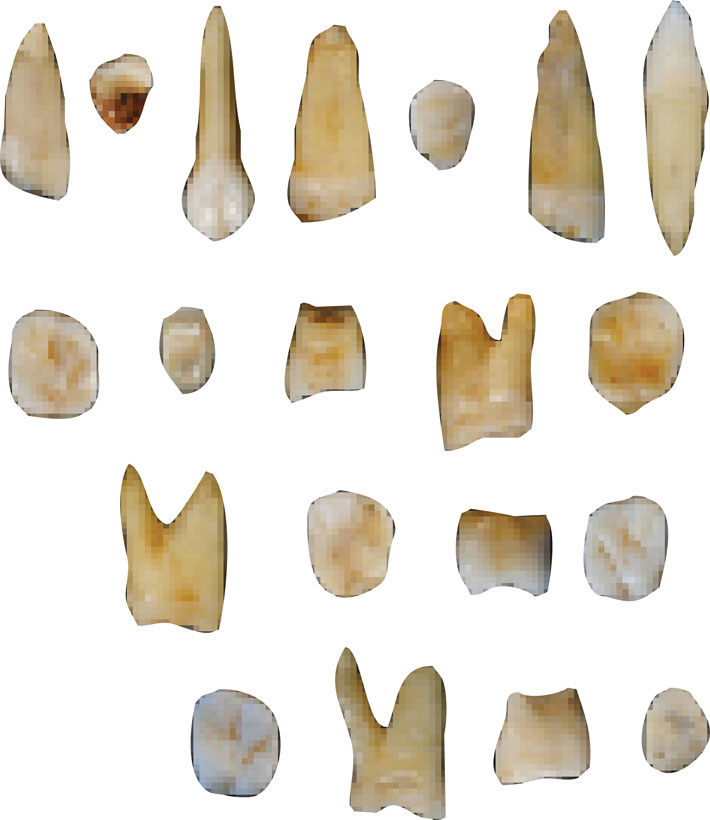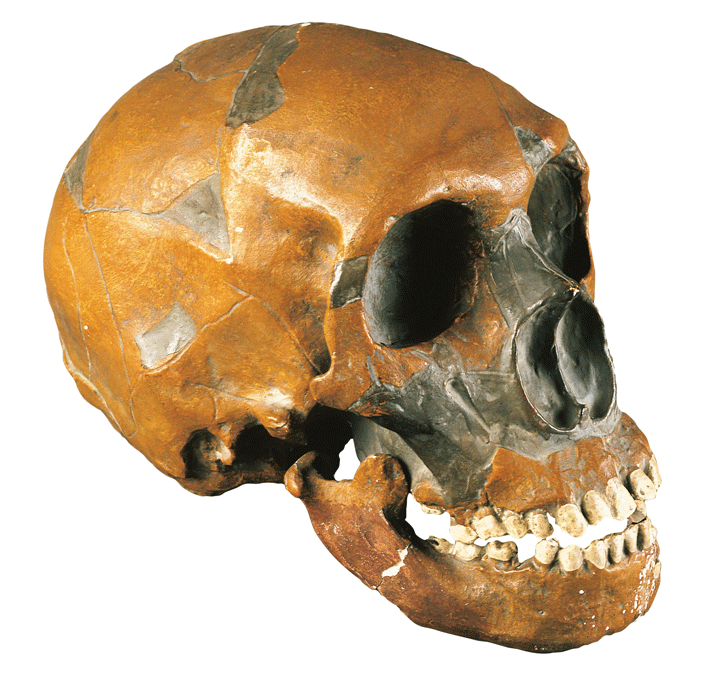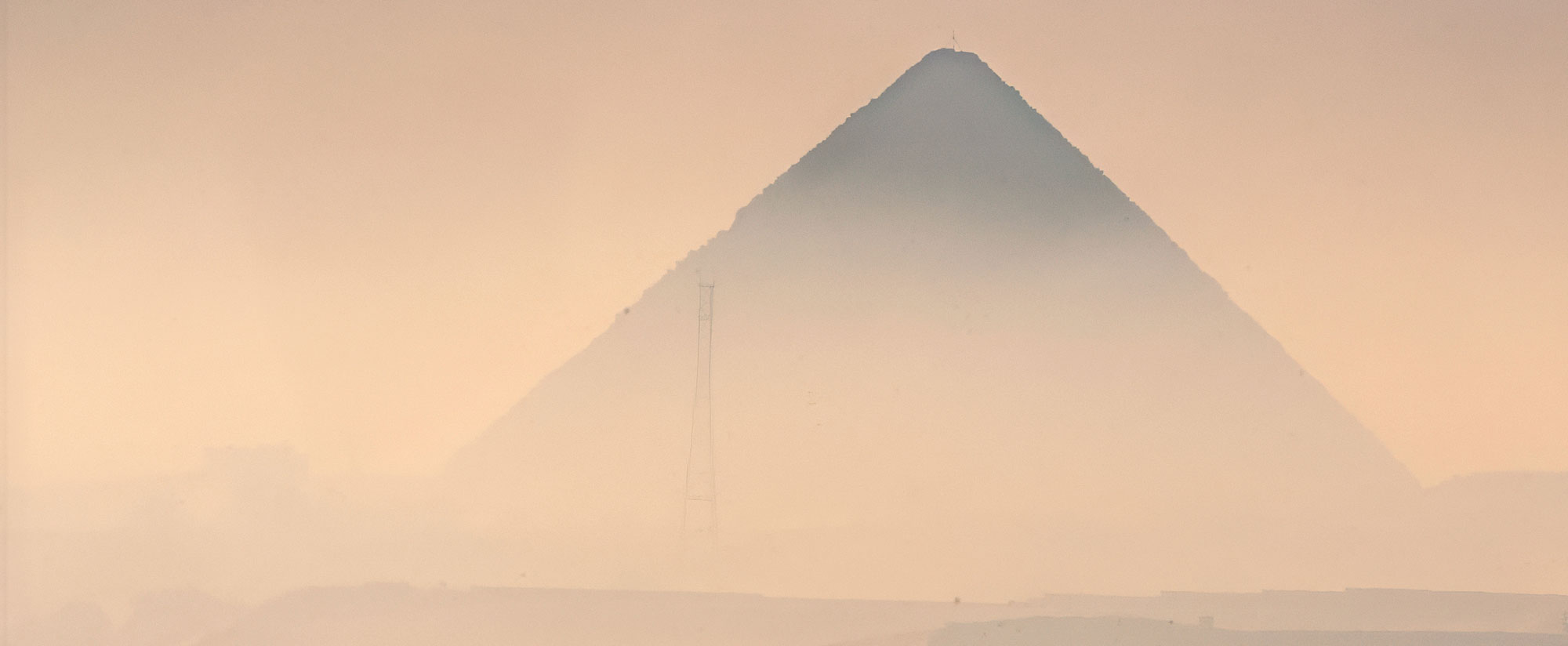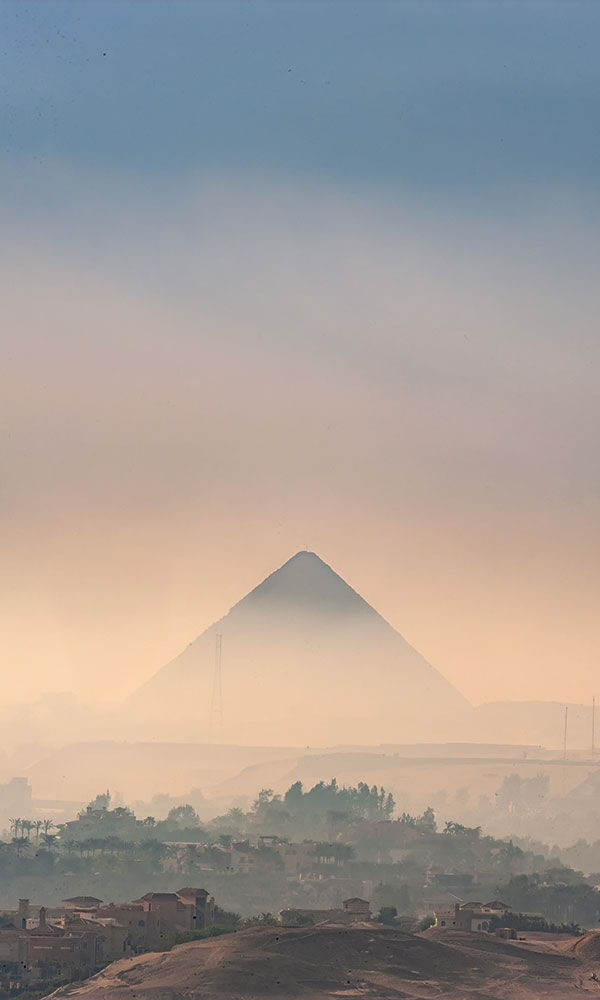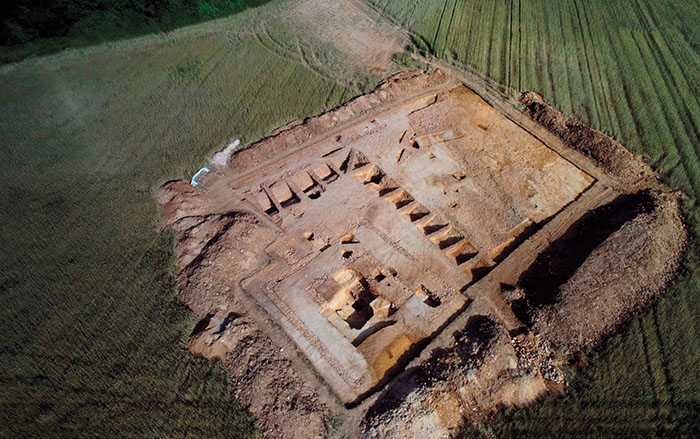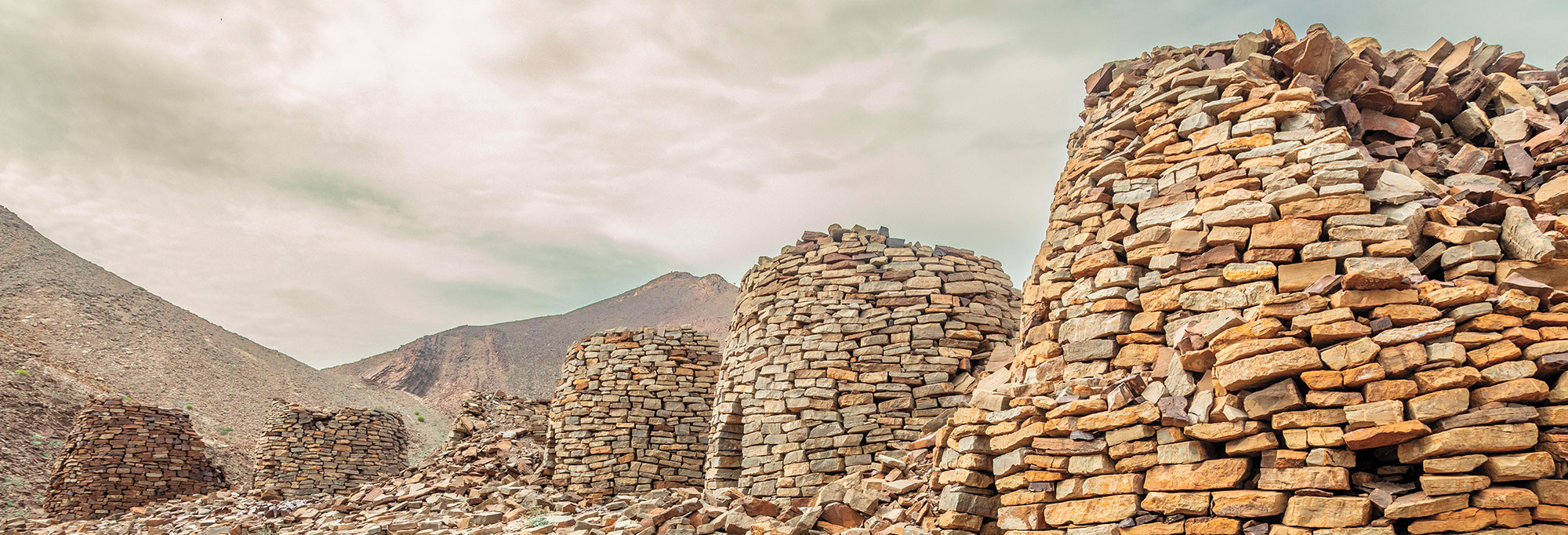
NOUVELLE-AQUITAINE, FRANCE—Neanderthals may have fashioned ocher tools for drawing and marking surfaces, according to a Phys.org report. Francesco d’Errico of the University of Bordeaux and his colleagues analyzed the composition and surface markings on 16 pieces of ocher unearthed at Neanderthal sites in Crimea and Ukraine with scanning electron microscopes and portable X-ray scanners. The study determined that one of the pieces of yellow ocher had been scraped into a crayon-like shape, and that its tip had been repeatedly resharpened and reused. Evidence of polishing, engraving, grinding, and sharpening were detected on another two pieces of ocher. The researchers concluded that this deliberate shaping and reuse of writing implements is evidence of symbolic thought among Neanderthals, an ability that researchers had once reserved for modern humans. Read the original scholarly article about this research in Science Advances. To read about other evidence of Neanderthals' symbolic behavior, go to "Symbolic Neanderthals."
